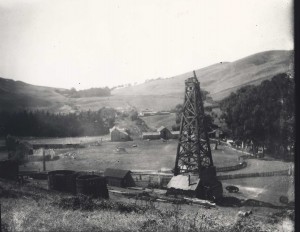From the San Francisco Call
“Motor Car Prices May Soar”
“Scarcity of Raw Materials May Prevail after War”
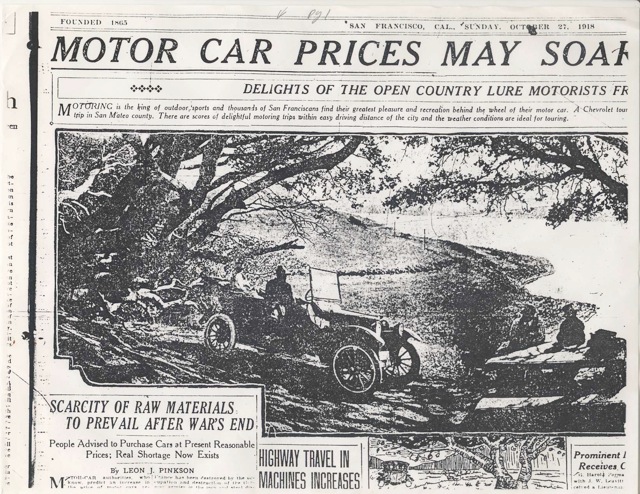
From the San Francisco Call
“Motor Car Prices May Soar”
“Scarcity of Raw Materials May Prevail after War”

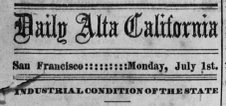
Story from John Vonderlin
Email John ([email protected])
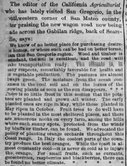
“Also known as the Marine Debris Update:”
Story by John Vonderlin
Email John (benloudman@sbcglobal. net)
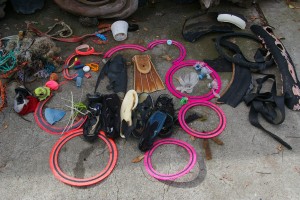
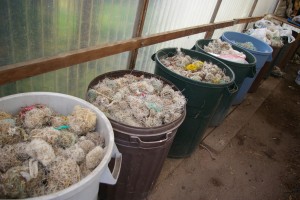
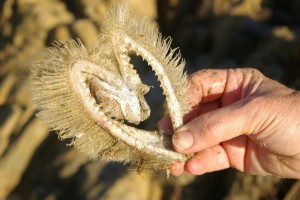
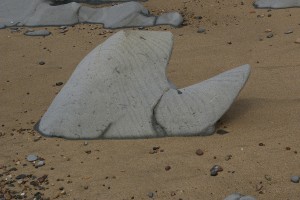
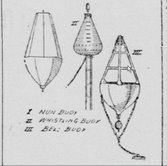
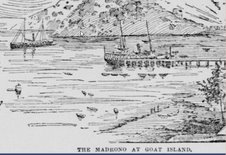
From (Dr.) John Vonderlin
Email John ([email protected])
The Year was 1892
The great magician Channing Pollock and his artistic wife owned a couple of hundred acres on the east side of Highway, across the road from the popular beach.
Channing came up with the idea of growing earthworms to nourish the soil and grew them in big handmade red bins on the property. The Pollocks also had wonderful parties, mixing friends-workers, relatives and family.
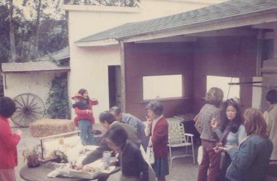
Story from John Vonderlin
Email John ([email protected])
|
Hi June,
I was initially thwarted in my research into finding some sort of resolution of the accusations of flimflammery-scammery involving the High Gravity United oil company’s “oil field” at Tunitas in 1910. The main problem was just that, the present digitization of newspapers on the Library of Congress site is only from 1880 to 1910. A search of the San Francisco newspapers revealed no more stories about these accusations. By luck, as usual, I stumbled on an Imperial Valley Press (El Centro) issue from July 1910, that had good coverage of the matter. Probably because oil was becoming big business in the Southland as one rich strike after another was made.
Tunitas, the End of the Line, for Dreams, Careers, and Grand Enterprises Enjoy. John
FAKE OIL OPERATORS
State Mining Bureau Commences War On Promoteers of Swindles. The investigation which was com-
menced a short time ago by the Cali- fornia State Mining Bureau in regard ‘to fake oil companies operating in this state has been partly concluded, and the evidence of the illegitimate nature of their operations has been placed in the hands of State Mineral – ogist Lewis E. Aubury by special Field Assistant appointed by him. *In order to protect the public from these sharks, the Mining Bureau will from time to time furnish a plain .statement of facts which have been -collected regarding their operations. State Mineralogist Aubury.has taken a firm stand regarding this class of operators, and is receiving the united support of the legitimate oil opera – tors. Concerning this matter, he says, “We are determined that Investors in California mines and oil wells shall “be protected from the parasites which attach themselves to the Industry. With this end in view, we propose to give the “fakers” all the publicity possible, and to co-operate with per – sons who have purchased stock in these companies, and to punish the offenders.” Mr. Aubury wishes to remind the purchaser of stock in these fake corn- panies that he will not permit the ‘State ‘Mining Bureau to be made a collection agency—after they become aware that they have been “fleeced.” The average, person who has been duped is interested In only one phase of the question—the return of his money—not in criminal prosecution of the faker. “There Is not one chance in a mil – lion,” said Aubury, “of recovering a cent from these fakers, and there Is only the satisfaction of placing them behind the bars, but this course re – main’s for; the person who has been swindled, and is one which Is hardly ever adopted.” Among the first of these operators to whom attention is called by the Mining Bureau Is J. E. Kerr, of the Monadonock Building, San Francisco. Kerr has associated with him H. H. Davis, an attorney. Among other as – sociates are M. M. Davis, H. M. Davis, T. C. Trldel and A. M. Trldel. The first of the Kerr promotions were the Illinois Oil Bond Co., Chica – go, capital two millions, the Paxton Gold Bond Oil Co., Paxton, Illinois, capital half a million, and the Wiscon – sin Gold Bond Oil Co., capital one mil – lion. These were Arizona corpora – tions, and advertised as non-assessa – ble, though It Is well known that in California any corporation, foreign or domestic, may be assessed, and as a matter of fact those, as well as the later corporations, were assessed out of existence. The Gold Bond part of the name refers to 3 per cent, thirty year guarantee bonds which were offered to stockholders, but wheteher any of these bonds were called for, and if so what has become of them, cannot be determined. One of the companies supposed to issue these bonds cannot now be located, the other refuses any information. In addition to the oil companies, Kerr has at various times floated sev – eral mining companies, operating in Oregon, Nevada and California, as well as a couple of colonization schemes. He is now actively promo – ting the High Gravity United Oil Co., with a capital of two millions, and a lease of 600 acres in San Mateo County, not far from the site of the old operations. The old lease has been stripped and the portable prop – erty of the old companies taken over to the new lease, where a hole has been sunk almost 400 feet in the last eight months. This new company is advertising royalties from four pro – ducing wells, which the mining bureau has found to be humbugs. Full in – formation of Kerr’s operations may be obtained from the bureau. . |
|
Only John knows where UPENUF Rd is!
From John Vondderlin
Email John ([email protected])
Hi June,
I thought the name Upenuf was koolenuf to check out. Still exists. I’ve attached a picture of the sign. Enjoy. John.
|

 From John Vonderlin
From John VonderlinWHERE slopes the beach to the setting
sun,
On the Pescadero shore,
Forever and ever the restless surf
Rolls up with its sullen roar.
And grasping the pebbles in white hands,
And chafing them together,
And grinding them against the cliffs
• In stormy and sunny weather,
It gives them never any rest :
All day, all night, the pain
Of their long agony sobs on.
Sinks and then swells again.
And tourists come from every clime
To search with eager care
For those whose rest has been the least ;
For such have grown most fair.
But yonder, round a point of rock.
In a quiet, sheltered cove.
Where storm ne’er breaks and sea ne’er comes,
From theW “Coastside Advocate”
“Dr. W. J. Marsh, the popular Santa Cruz dentist arrived in town with his estimable lady and the junior Marsh, Monday. He opened parlors two doors south of Levy’s store, where he will remain fro a few days. The genial doctor is a favorite here, having made previous visits through this section, when he always gave satisfaction.
———-
From the “Coastside Advocate”
“Dr. Marsh, the dentist, who is associated with Dr. O. L. Gordon of Santa Cruz, and who has made regular semi-annual trips through this section for the past four years, is established in town for the next week only. His stay is thus necessarily limited on account of southern engagements previously contracted.”
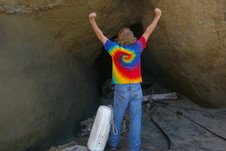 Story by John Vonderlin
Story by John Vonderlin